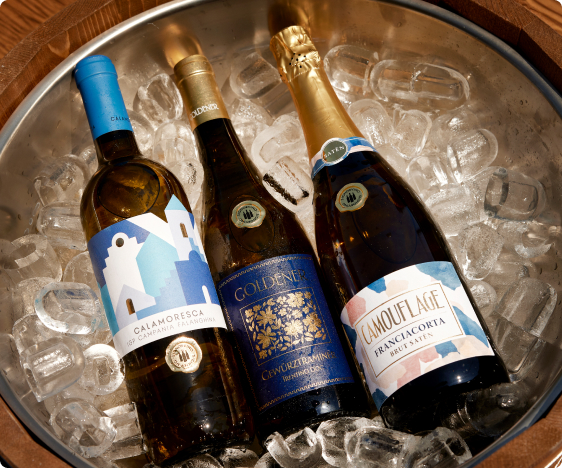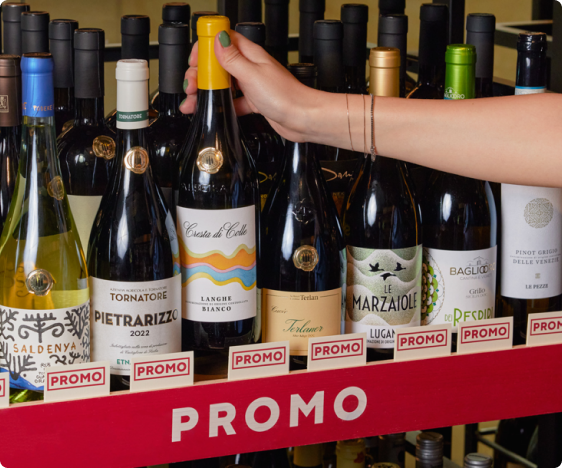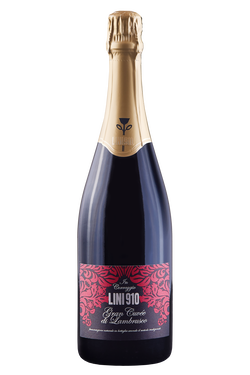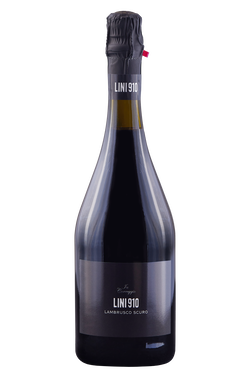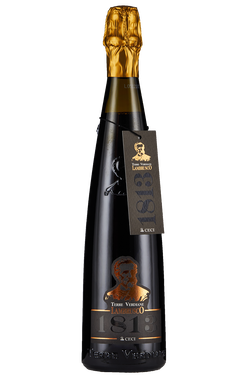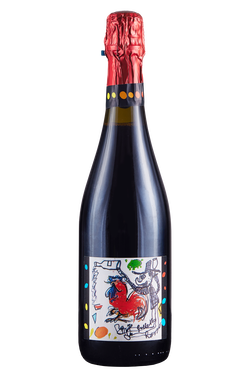History and territory
Lambrusco dates back to the time of the ancient Romans, although the Etruscans were probably the first to cultivate this variety in the Po Valley. Cato, Varro, and Pliny the Elder wrote about this variety which was originally wild and later domesticated. Historically, this wine originates from Modena and Reggio Emilia, but has also spread to Parma, Mantua, Bologna, Ferrara, Cremona, Treviso and Rovigo. Some Lambrusco vines can also be found in Puglia. The province of Modena, however, is home to the most extensive plantings, and its viticulture is among the oldest in Emilia-Romagna. No fewer than four different types of Lambrusco are grown in this area, namely Salamino Santa Croce, Sorbara, Grasparossa and Lambrusco di Modena.
Grapes and types
The grapes used for the production of this red wine are classified on the basis of 10 different varieties. Among the main varieties are Lambrusco di Sorbara, Lambrusco Salamino and Lambrusco Grasparossa. Lambrusco di Sorbara DOC contains a minimum quantity of 60% Lambrusco di Sorbara and a maximum of 40% Lambrusco Salamino. Grasparossa DOC is made up of 85% Lambrusco Grasparossa plus other varieties of Lambrusco in variable percentages. Finally, Lambrusco Salamino di Santa Croce comprises 90% Lambrusco Salamino plus the addition of other varieties of Lambrusco. Alongside the red wines, there are also semi-sparkling Lambrusco rosés made up of a minimum of 85% Lambrusco, plus a small percentage of other varieties.
Tasting profile
Now let’s have a look at the tasting profile of this red wine from Emilia. Lambrusco di Sorbara is lighter than Lambruscos from Modena and has a lighter, bright pink hue. A delicate nose with hints of grapefruit and pomegranate is followed by a dry, intensely fresh palate. Lambrusco Grasparossa presents an intense ruby red hue with purplish reflections. The fruity nose offers hints of red berries and flowers. More full-bodied than the other Lambruscos, it boasts full flavour balanced by attractive acidity. Lambrusco Salamino is halfway between Sorbara and Grasparossa. It presents an intense hue, and a fruity, floral nose with fresh, generous aromas. It shows good balance on the palate, with admirable acidity and tannins. The rosés are cherry pink in colour and characterized by floral, fruit-rich aromas and full flavour in the mouth.
Pairings
Lambrusco is a very versatile wine at the table, a perfect every day drinker, thanks to its natural style and various types. Sorbara is excellent with cheeses, cured meats, tortellini, lasagna and stewed meat. Some suggest pairing it with fish dishes, including sushi. A Grasparossa, on the other hand, goes well with meat main courses and Emilia’s cured meats such as culatello, prosciutto crudo and spalla cotta. If, on the other hand, you prefer pasta dishes, try it with pasta with ragù, tortellini in broth, passatelli and cappellacci. Salamino, meanwhile, goes divinely with aged cheeses, fried dumplings and crescentine but also with cotechino and lentils. The sweet versions of these types of Lambrusco can accompany typical desserts from Modena, such as torta Barozzi, frappe di Carnevale and ciambella reggiana. Finally, the rosés are excellent paired with traditional dishes from Emilia, appetizers but above all with pre-dinner snacks.
